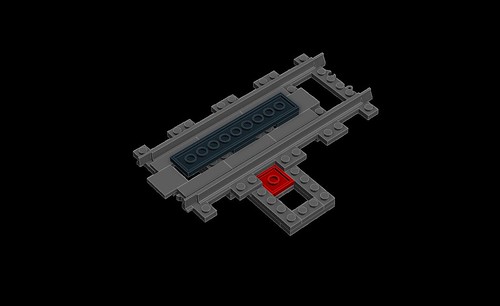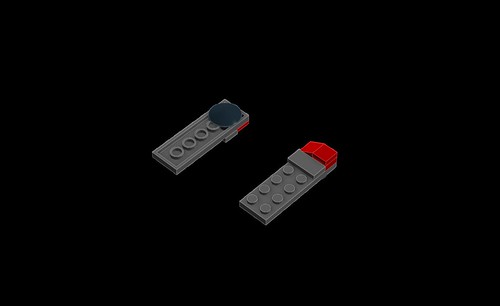The baseplate version http://www.mediafire...zxlt9jw2y59t4dn

and the freestanding version http://www.mediafire...jwh7xndcqntw2sj

Don't forget that a bit of track either side should be raised up to form a gentle incline, as a sudden 2 plate jump may be a bit steep.


